HIDE CAPTION
- Flying flock
- Aviation experts and manufacturers see a future when passenger planes become increasingly automated and eventually no longer need pilots. (Copyright: Airbus)
The gradual creep of technology could soon mean that aircraft no longer need a pilot at the controls.
It is a familiar part of flying. As you taxi towards the runway, a crackly voice is heard over the intercom. The pilot’s brief summary of the route, flight time, and weather conditions are designed to inform but also to reassure. The familiar refrain tells passengers the plane is in safe, human hands and they can relax and enjoy the flight.
But the phrase “this is your captain speaking” may soon become a thing of the past, thanks to a new generation of robotic, passenger aircraft that will take to the skies by themselves.
“We believe that unmanned aircraft are the next big transformation in the aviation industry,” says Doug Davis, director of the unmanned aircraft programme at New Mexico State University.
Of course, the military already know this. Automatic landing systems have been used for years to help pilots drop F-18 aircraft on to the narrow landing strips on top of aircraft carriers. Then there is the rise of drone warfare. These planes are still flown remotely by pilots on the ground, but most have the capability to follow a predefined flight path and even land themselves if they get into serious trouble or the link between the ground is broken. The next generation, such as the US Navy’s X-47B, will be even more advanced, with onboard intelligence that will allow it to adapt its course and fly with only minimal input from a pilot.
Pilots: Numbered
The path to this automated future began almost 100 years ago with the introduction of the first autopilot. These systems – designed to keep a plane on a steady, pre-programmed heading and altitude – introduced the first automation into the cockpit, allowing the pilot to step away from the controls.
Over the next century, this trend gathered pace, packing modern aircraft with sophisticated electronics, which often relegate the human to a passive observer. In fact, in some modern aircraft the pilot is only needed to taxi the aircraft to the runway. Everything else from take-off to landing can be automated.
“The technology is here,” says Missy Cummings, an ex military pilot who is now associate professor at the Massachusetts Institute of Technology’s department of Aeronautics and Astronautics.
She points to the rise of so-called fly-by-wire technology, which has replaced the mechanical link between the pilot and the plane’s engines and control surfaces with computer signals sent down a copper wire.
“Any fly-by-wire plane can be an [Unmanned Aerial Vehicle],” she explains. “The controls are digital, not analogue, everything is done electronically so you don’t need a person in there to push a hydraulic actuator.”
To prove the point, technology company BAE Systems recently flew a converted Jetstream aircraft – known as “The Flying Test Bed” – with no pilot in UK air space. The trial flights did have people on board, allowing a human to take control in an emergency. But, for the large part, it flew itself.
But while it is one thing to conduct test flights with pilots on hand in case of an emergency, it is quite another to pack 350 passengers on to plane and send them on their way across the Atlantic with no one at the front. As a result, autonomous flight technology is likely to be adopted in stages.
Already, we are in an era when planes are flown by just two pilots, down for a peak of around five a few decades ago. In the near future increasing automation will mean that number drops to one. And then the next stage could see planes piloted from the ground, like military and scientific craft.

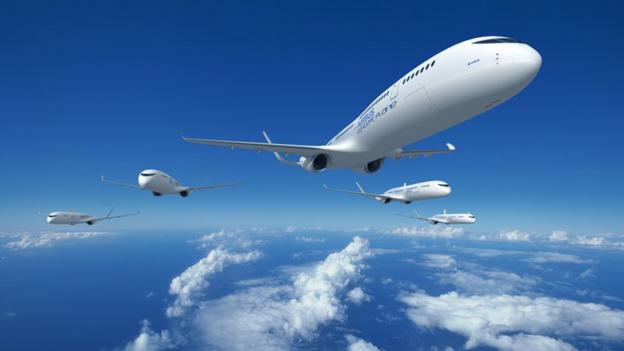
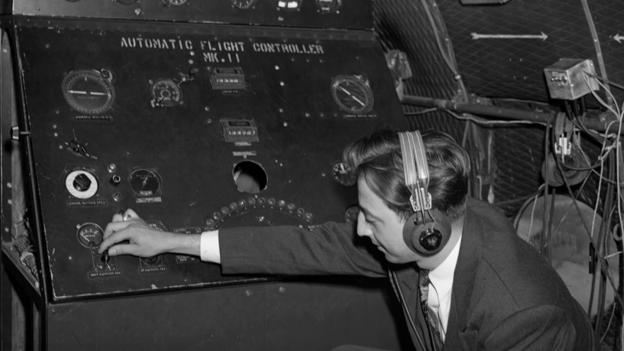



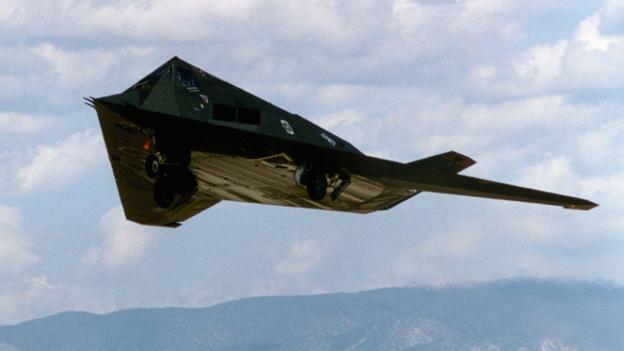


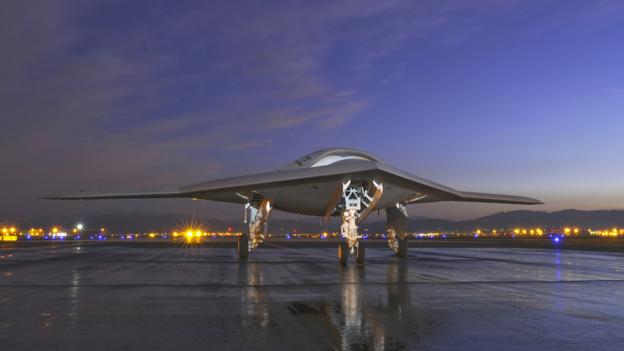
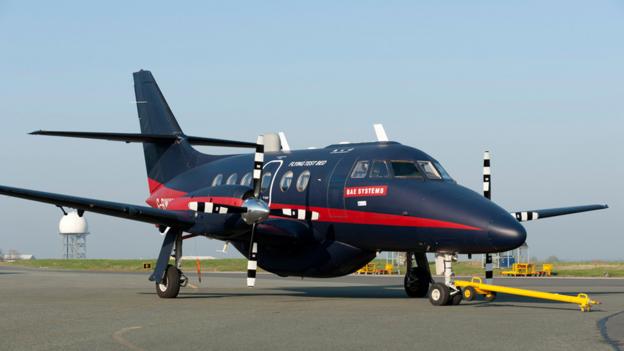











No comments:
Post a Comment